Summary about the first nuclear chain reaction and the first nuclear reactor (Enrico Fermi experiment).
"The reaction is self-sustaining, the curve is exponential" were the words that announced that the first nuclear chain reaction had been created in the nuclear primary reactor.
This happened 70 years ago in Chicago, on December 2, when the previous thing had been a squash court. A group of analysts works in the absolute secrecy, in the middle of the Second World War. Even their women did not know they were working. The main thinking head was an Italian in exile and winner of a Nobel prize, Enrico Fermi.
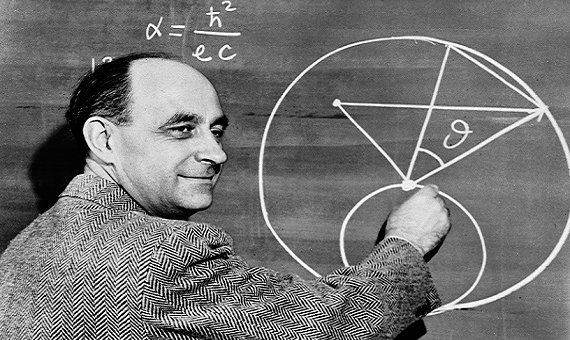
Source
Enrico Fermi had been studying uranium for many years when in 1934 he made a discovery when he bombarded uranium atoms with neutrons. Some of the uranium atoms (element 92) have become element 93 and 94, but not only this is more surprising than many other types of elements that were present and none of them was close to the uranium in the periodic table. This was a totally unexpected result and it took several years to find an explanation.
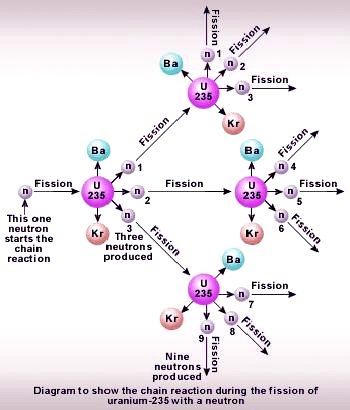
Source
Otto Hann and Fritz Strassman in 1938 in which the term was checked in the sample bombarded with neutrons were barium atoms. It was as if the uranium atom had split into two halves with roughly the same mass. Shortly after this fact, Lise Meitner performed the mathematical analysis of the results that concluded that the uranium had fissured, forming two elements of approximately the same mass, but not exactly half. Part of the mass had disappeared, its explanation was that it had turned into energy and as predicted by Albert Einstein's theory, E = mc2. The energy would be around 200,000,000 electron volts (200 MeV) for each fused atom.
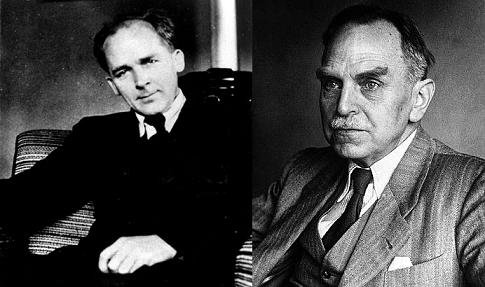
Source
More information was discovered at Columbia University, in the reaction neutrons were emitted. This was an idea that hovered over the head of Enrico Fermi. Fermi who had worked until then in Italy and had moved to Columbia University right after winning the Nobel Prize. The award was obtained in 1938 for his contribution to the study of radiation-induced and in particular by the transmutation of the elements. So Fermi was in the United States when in 1939 the Danish physicist Niels Bohr visited the country. Fermi coincided with Bohr in a conference in Washington, in which the first conversations took place pointing to the idea of creating a chain reaction using neutrons coming from fission.
The Columbia group with Fermi at the helm continued to study the possibility of producing a nuclear chain reaction.
Among other things, they needed to find a material that would slow neutrons coming from fission. In July 1941, they began to measure the "k" factor, this was the key if it was achieved that it was much greater than 1 the chain reaction could occur. The same problem was being studied by the German scientists, if they managed to control "k" they would be in the way of producing the atomic bomb.
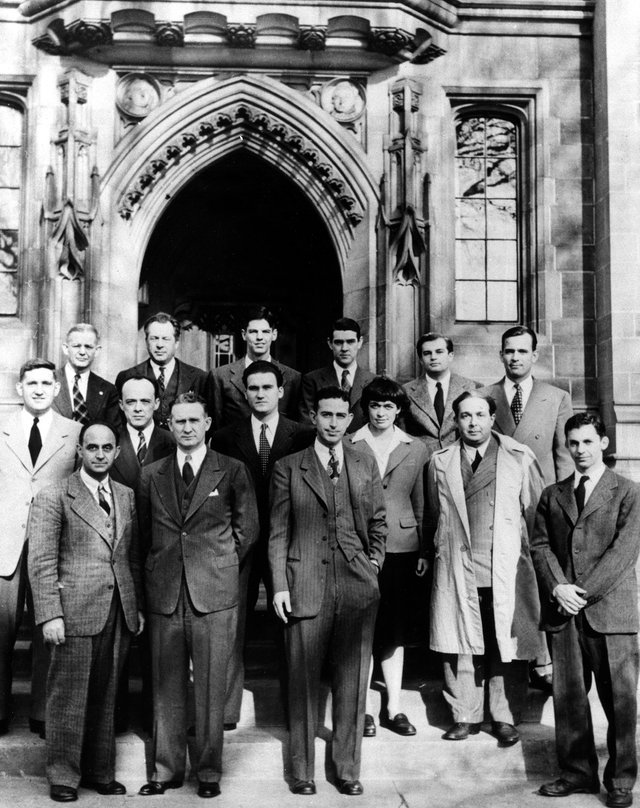
Source
In 1942, the research moved to Chicago where the Metallurgical Laboratory was created (the predecessor of Argonne National Laboratory). In spite of its name, the only relation with the steel industry that the laboratory had was its name, everything that happened in it was top secret. 30 test reactors were made for the study, with a smaller size than necessary to achieve the chain reaction. Then they were not even reactors, they were called "batteries" by analogy with combustion, comparing the process with that of burning a pile of wood. In July, the reactor design began with a critical mass for the reaction. He enclosed the uranium inside a graphite matrix surrounded by a square cloth ball of about 7.5 meters. The last of the graphite layers and the uranium bricks were placed on December 1, the next day the test would be performed.
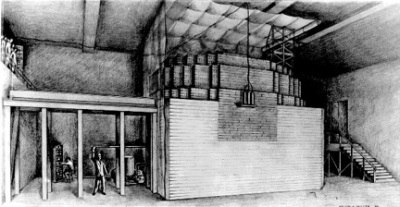
Source
The final test was not made until the afternoon, after all the morning of tests. Each time a configuration was tested, the neutron counter was controlled. In the morning with each test, the neutron counts after an initial increase had stabilized. For the last test with all the uranium exposed and ready to be used as fuel, the neutron counts did not stabilize. A nuclear chain reaction had been achieved for the first time.
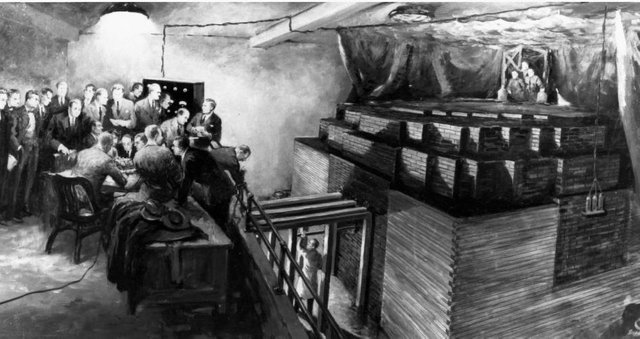
Source
References.
- https://www.aps.org/publications/apsnews/200712/physicshistory.cfm
- http://www.atomicarchive.com/History/mp/p1s4.shtml
- http://www.physicsland.com/Fermi.html
- https://www.biography.com/people/enrico-fermi-9293405
- https://www.osti.gov/accomplishments/fermi.html
If you want to read more scientific articles of good quality, do not waste your time, and visit the hashtag #steemstem.
Disclaimer: All the images used are correctly labeled for reuse.
